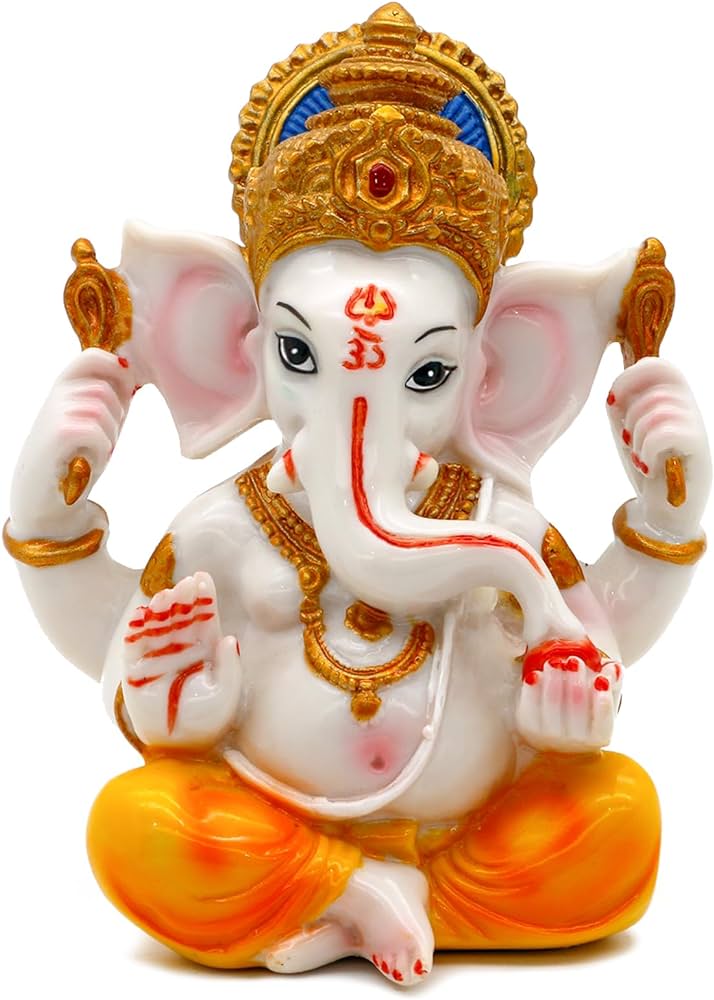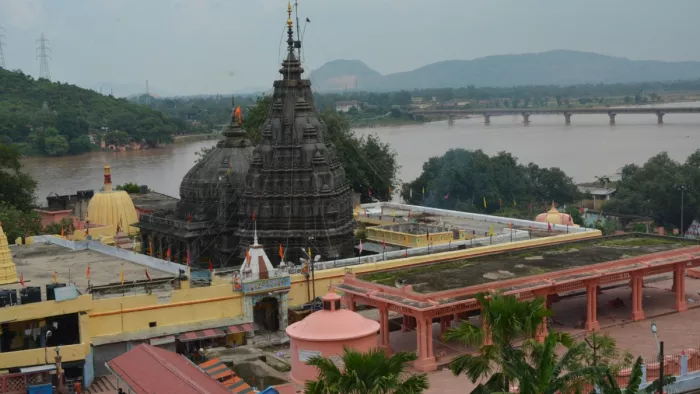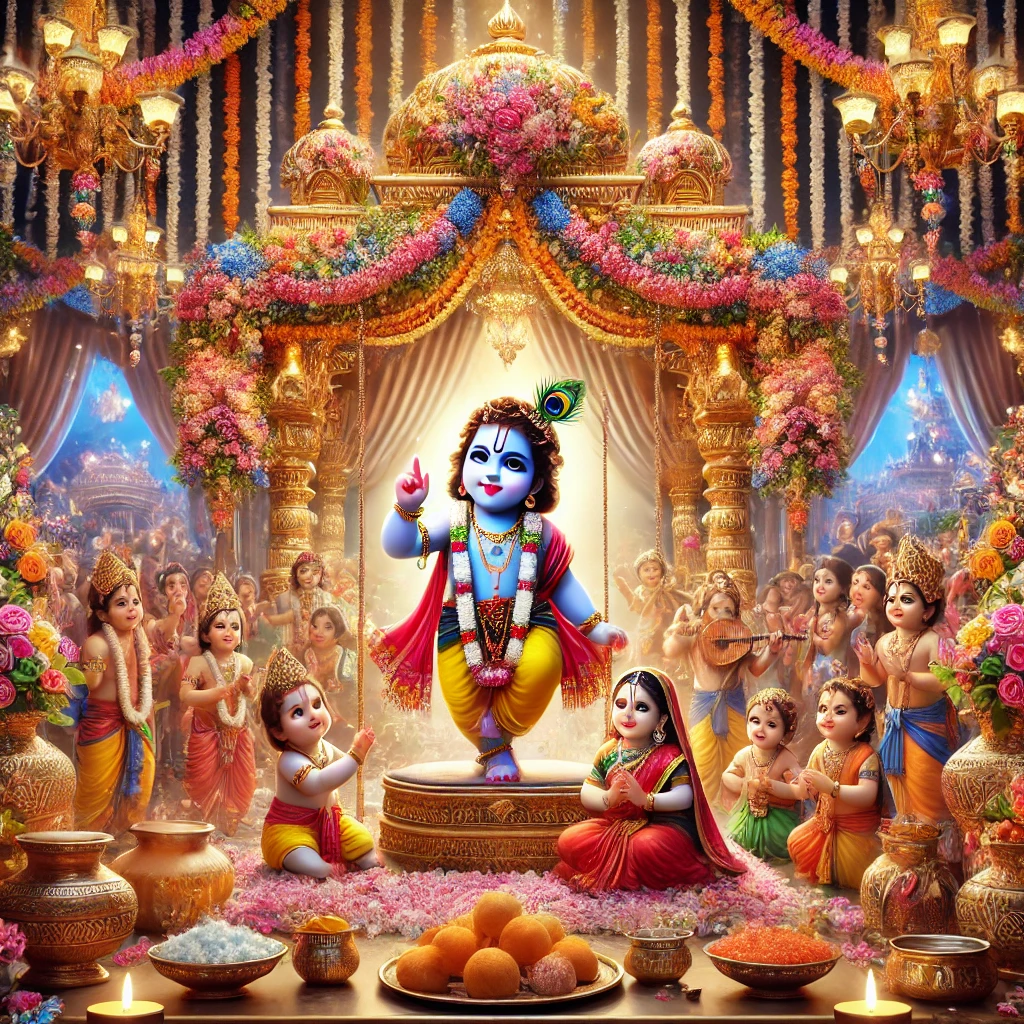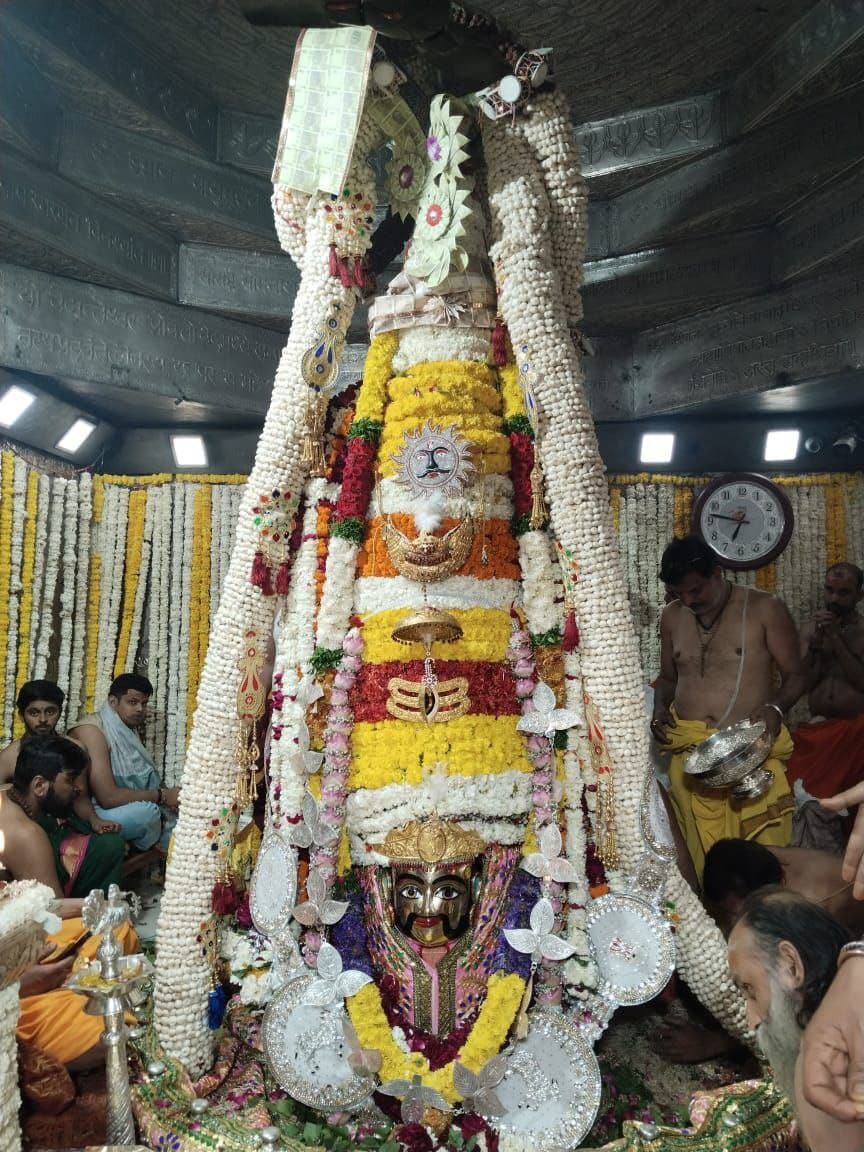
Ganesh worship: Things related to Ganesh worship, why is Ganesh's trunk on the right or left side, know its meaning and the whole story.
Ganesha's idol is worshipped in temples but one question is why Ganesh is always worshipped before Vishnu, Brahma, Mahesh.
Meaning of Ganesh ji's ride.
1.10-handed Ganesh riding on a lion: This form controls the tendency of jealousy.
2.Ganesha riding on a peacock: This controls the tendency of theft and lust.
3.Ekadant riding on a mouse: Ganesh's one tooth is a symbol of concentration i.e. focus and the mouse is a symbol of desires. This form controls desires along with concentration.
4.Ganesha with two teeth riding on a mouse: This form controls the attachment arising out of pride, greed and ignorance.
5.Three-eyed Ganesh: This form is for controlling anger. In this form, he has Sheshnag in his navel and he rides on a mouse.
6. Ganesha riding on Sheshnag: This form controls the ego through introspection.
Reason for changing the direction of Ganesha's trunk.
If Ganesha's trunk is turned towards the right, then it is connected to the Pingala Nadi, a symbol of masculine energy. Such Ganesha is also called Dakshinamurthy. He is a symbol of siddhi and sadhna, hence also called Siddhi Vinayak. Those who wish to increase social power or to accomplish any yoga, worship Dakshinamurthy Ganesha.
If Ganesha's trunk is turned towards the left, then it connects to the Ida Nadi and affects the lunar system of the body. It is a symbol of feminine power. Such an idol of Ganesha is found in most homes. It is a symbol of mental coolness, happiness and joy.
If Ganesha's trunk is straight, then this form connected to the Sushumna Nadi is a symbol of balancing the energies. Those who worship it also wish for balance.
If Ganesha's trunk is upwards, then Ganesha with trunk upwards is considered to awaken spirituality. They awaken the higher kundalini power.
8 forms of Ganesha's incarnation.
According to Ganesha Purana and Mudgal Purana, Ganesha has had an incarnation in every era. These include Mahotkat in Satya Yuga, Shri Mayureshwar in Treta Yuga, Gajanan in Dwapar Yuga and Dhumraketu in Kali Yuga.
These are the 8 forms of each avatar.
1.Vakratunda
2.Ekadanta
3.Mahodar
4.Gajananaavatar
5.Lambodaavatar
6.Vikataavatar
7.Vighnarajavatar
8.Dhumravarnaavatar.
Parvati's son made from dirt defeated the gods.
There is a story in the first chapter of the second section of Ganesha Purana that on the request of friends Jaya and Vijaya, Parvati gave birth to a Gana from her dirt and Parvati ordered the Gana not to let anyone enter her house, whereas this child stopped Lord Shiva from entering, so he sent his Ganas ahead. The child first defeated all the Ganas and then Brahma, Vishnu and all the gods in the war.









Comments
LEAVE A REPLY
Your email address will not be published